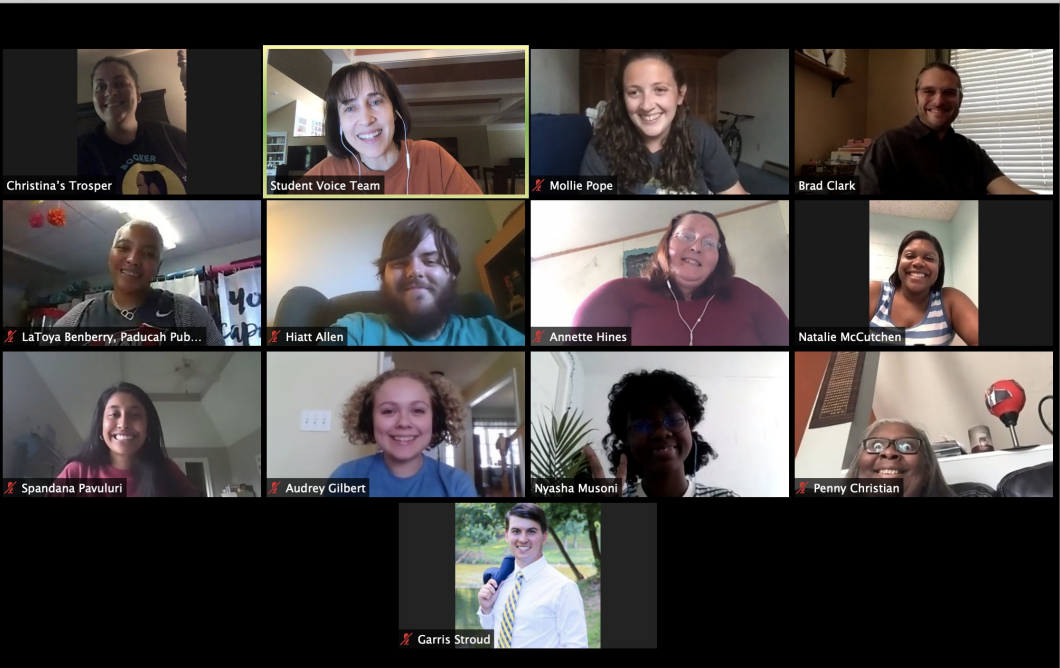Like a tiger ready to pounce, several dozen youth-run organizations are demanding the Biden-Harris administration ditch tokenistic efforts of the past and build deep relationships WITH the rising generations — precisely what we call Youth Infusion.
The YouthinGov proposal outlines succinctly:
The Problem: “The systemic lack of sustained, youth-specific roles and Young Americans across the federal government limits young people’s agency…It was found that the consistency of youth-inclusive programming across departments has been largely dependent upon individuals and subject to turnover.”
The Solution: “Young Americans are important stakeholders for every issue —and the need for formalized youth engagement work across agencies is pivotal to ensure the authentic engagement and advancement of the nation’s youngest constituency.”
Specific demands include the appointment of a Director of Youth Engagement, preferably a member of Generation Z, to oversee the Office for Young Americans and also sit on the Domestic Policy Council and engage with the National Security Council.
This detailed blueprint is buttressed by a complementary proposal seeking institutional partnership WITH the U.S. Department of Education authored by the national nonprofit, Student Voice. (Watch powerful 2/8/21 press conference.)
We really recommend reading these two carefully constructed and comprehensive documents. WITH needs to replace doing “to” and “for” citizens, constituents, clients, consumers, etc.
Never has the preposition WITH been emphasized both by young people as well as elder statesmen like David Mathews, who served as Secretary of the U.S. Department of Health, Education and Welfare in the 1970s. He knows the individual and institutional dilemmas of bureaucrats collaborating with ordinary citizens but believes in “essential symbiosis.” In WITH the People, Mathews does not focus on any age group but he zeroes in on relationships which certainly are crucial when working WITH young people.
“And opening doors may have more to do with the character of relationships between citizens and institutions and the spirit in which collaboration occurs than it does with changes in organizational structure.”
Unlike efforts in prior administrations, these #YouthinGov represent a more diverse constituency, have experience dealing WITH bureaucrats, and can sniff out fake youth engagement. Will the White House and federal agencies respond to this call to embed young people throughout government?
This is why we believe…
A new operating system is necessary–especially when collaborating WITH minors. Even the involvement of young adults will demand a seismic shift in the minds of policy experts and other professionals.
Note: We want to share this comment we received by David Mathews, author of WITH the People and President & CEO of the Kettering Foundation: I am pleased to see that you’ve chosen WITH as your word of the year. The strategy of government working with the people—young people in this case—is important, not because it’s a nice thing to do, but because young people can do and make things that will allow government to do its work more effectively. When young people join forces to work together, they generate power. And that kind of power isn’t power over, it’s power with.
Our Youth Infusion workshop covers all aspects of achieving WITH. We hope you will contact us about our professional development training and consulting for government agencies and non-governmental organizations.


